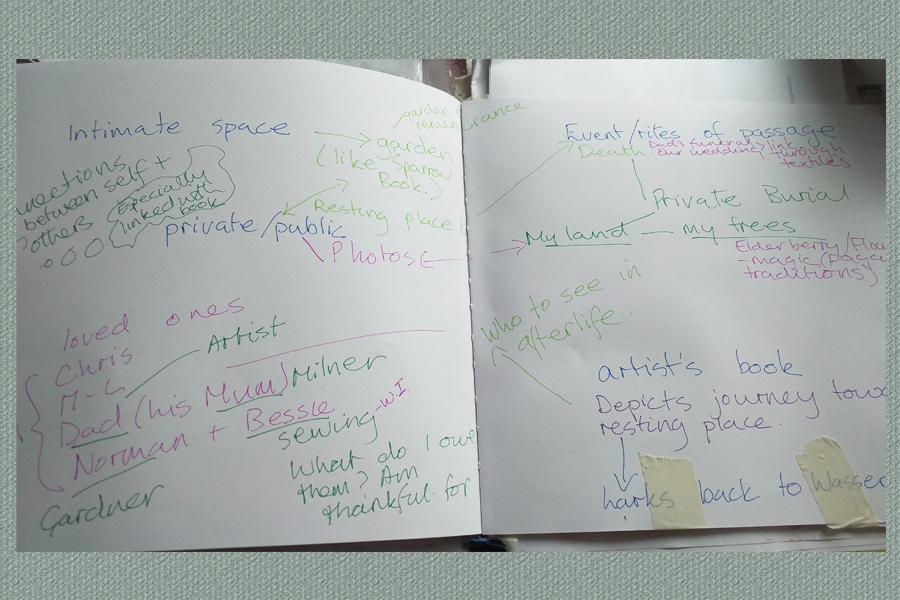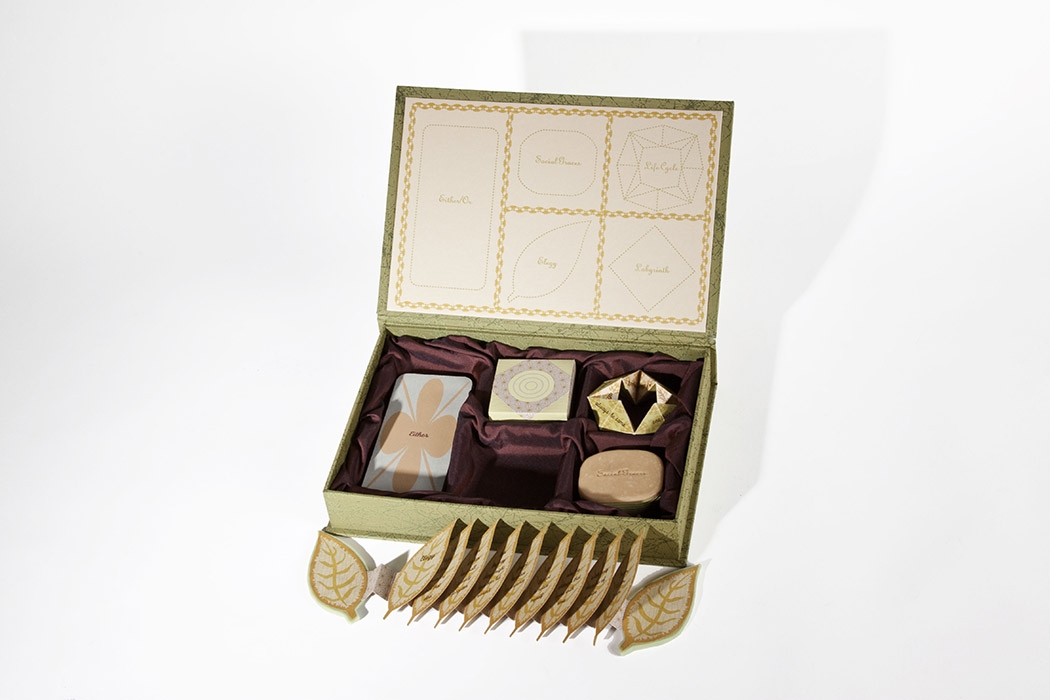Moving into the third week of the project – time for some further mind-mapping. Ideas are beginning to fall into place in terms of narrowing in on a focus for the scrap that book.

I have been considering my nearest and dearest – whether alive or dead: what are my special memories of them? What are my particular connections with them? To what do I owe them that I regard as ‘essentially me’? What would I say to them in terms of parting words or future greetings on ‘the other side’? Alongside these thoughts are considerations of home burial and my relationship with ‘the land’. I have found the old land deeds pertaining to where I live and may use them for printing on (photocopies of them that is! Some of the documents are 300 years old!!!!) I am thinking about printing the poem that is emerging out of these considerations and perhaps, developing a set of portraits in this week’s print workshop.










